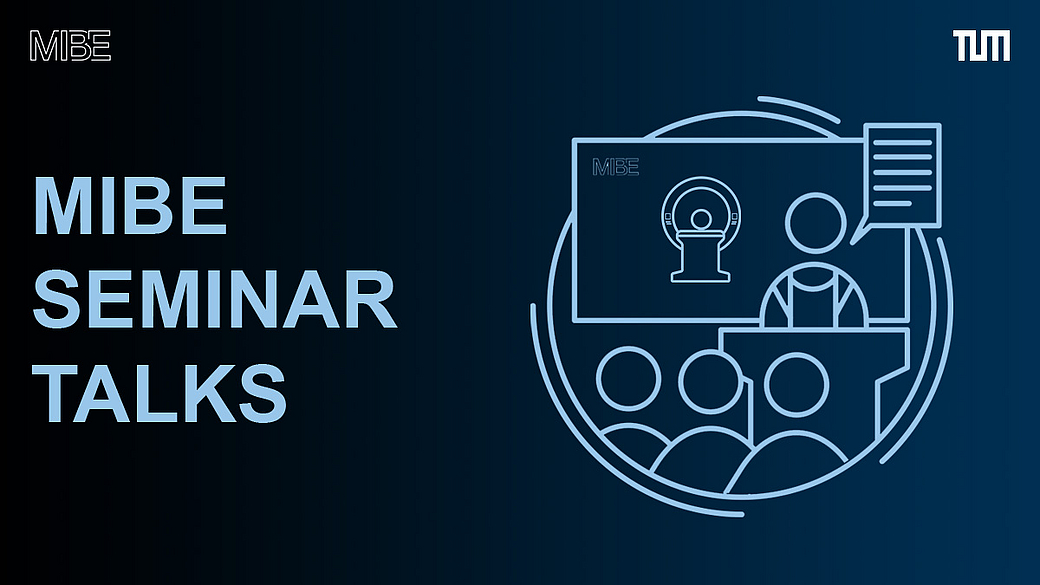Title: Biophysically Accurate and Surrogate Models of Spinal Cord Electrical Stimulation
Speaker: Katja Frey (Cheng Group)
Date and Time: Tuesday 15 July 2025, 13:00
Abstract: Epidural electrical stimulation (EES) of the lumbosacral spinal cord has been shown to effectively restore functional motor control in individuals with spinal cord injury. However, optimizing stimulation protocols remains computationally intensive when using traditional hybrid models that combine finite element modeling with biophysically accurate models. In this thesis, we investigated machine learning-based surrogate models to approximate these complex models by predicting muscle recruitment from stimulation parameters. The surrogate models demonstrated high accuracy across various stimulation configurations while reducing computational cost, highlighting their potential to enable personalized and computationally feasible optimization of EES protocols.
More information
The MIBE Seminar will take place in our lecture hall E.126 (Boltzmannstr. 11, 85748 Garching) and will be live streamed via zoom.
The zoom details for all online seminar talks this semester are:
Meeting Name: MIBE Seminar Talks, Tuesdays 1:00 pm
https://tum-conf.zoom.us/j/69851298624?pwd=TURFMGQ5N3pDZ0ZGVkVHejFTMFJhUT09
Meeting-ID: 698 5129 8624
Password: mibe
The MIBE Seminar counts as subject specific qualification for doctoral candidates.
Register here.
Further Program SUMMER TERM 2025
The seminar series is being continued in the summer term 2025, further talks will be published here soon.
